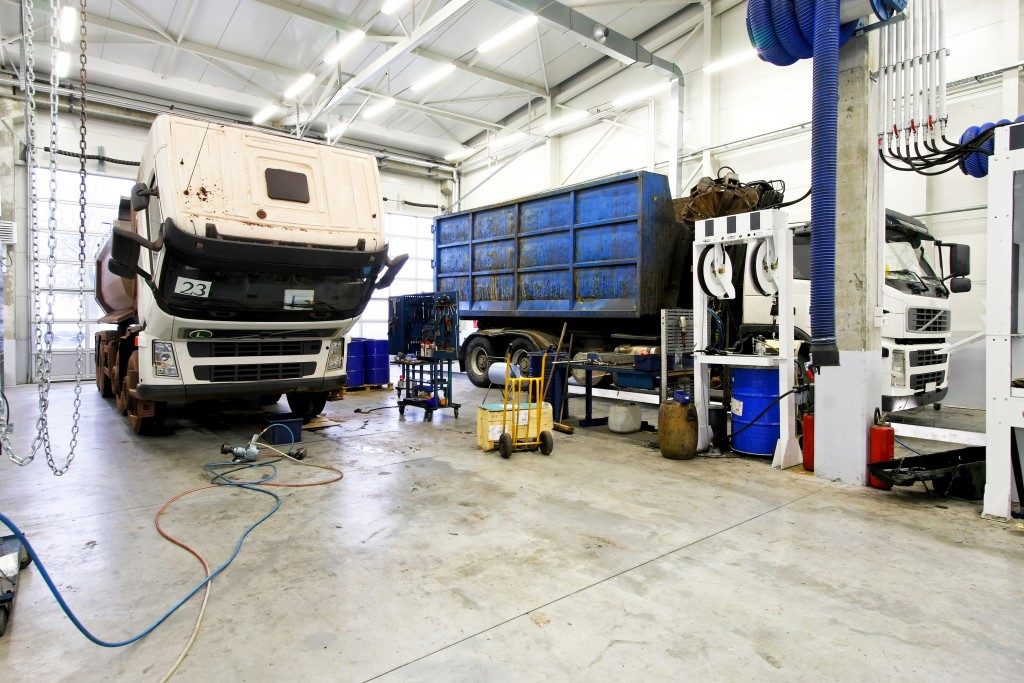The US Department of Transportation (DOT) states that more than 500,000 truck accidents occur every year. Although only 16% of these accidents are due to the fault of the truck driver, it is still essential for truck owners, part managers, and fleet managers to learn how to maintain their trucks properly.
For a successful maintenance program, you should consider many things. Adding an aluminum headache rack on your semi-truck, conducting regular oil analysis, and calculating residual value are only some of them. Learn more about what should be included in your program’s checklist.
Federal Regulations
A federal agency called the Federal Motor Carrier Safety Administration (FMCSA) oversees commercial truck operations. The agency released a maintenance checklist, which they highly recommend for pre-trip inspections. It includes checking your truck’s tire air pressure, antifreeze, coolant, fuel, oil, electrical system, and brakes.
Preventive Maintenance
Fleet maintenance involves scheduled maintenance activities. This is to assure that trucks operate safely, minimize downtime during repairs, and prevent the occurrence of breakdowns. However, you might have to take care of unscheduled maintenance when necessary.
Should an unscheduled maintenance check is required, you should prepare a checklist that identifies which parts need servicing, what type of services were required, and the results of the services applied. The details of this checklist must be documented or kept on file.
This preventive truck maintenance checklist, whether scheduled or unscheduled, should address the following:
Schedules
Of course, a preventive maintenance program is by default, scheduled. It includes standardized maintenance and inspections. It is divided into different types of services that require a set period and complexity.
Trailer Inspections
Aside from the truck itself, it’s crucial to establish inspections for trailers. Also, the same scheduling process applied to trailers should include inspection for power units, auxiliary power units (APUs), idle reduction equipment, hydraulic pony engines, wet kits, and refrigeration units. All machines or devices that are new to your fleet should be inspected and included in your preventive checklist.
Inspection Lanes
For big fleets, the location of an inspection lane is also addressed in the preventative maintenance program. It is where inspections and screenings are performed. It should be indicated whether it is in your own facility or in a separate area where the inspection is outsourced.
Yard Checks

However, for small fleets, a simple yard check would suffice. It is when a technician goes through the yard to check all new equipment. In some cases, there’s no yard check at all. Truck owners and fleet managers rely on their drivers to report their trucks when they are scheduled for preventive maintenance.
If you inspect and repair your trucks when there’s already a problem, that is not preventive. That is reactionary. The problem with this kind of solution is that you need to wait for something to fail before making an effort to fix it. Unfortunately, a reactionary maintenance program always leads to downtime.
For this reason, many fleet managers and truck owners prefer preventive maintenance programs. In a way, they are a commitment.

